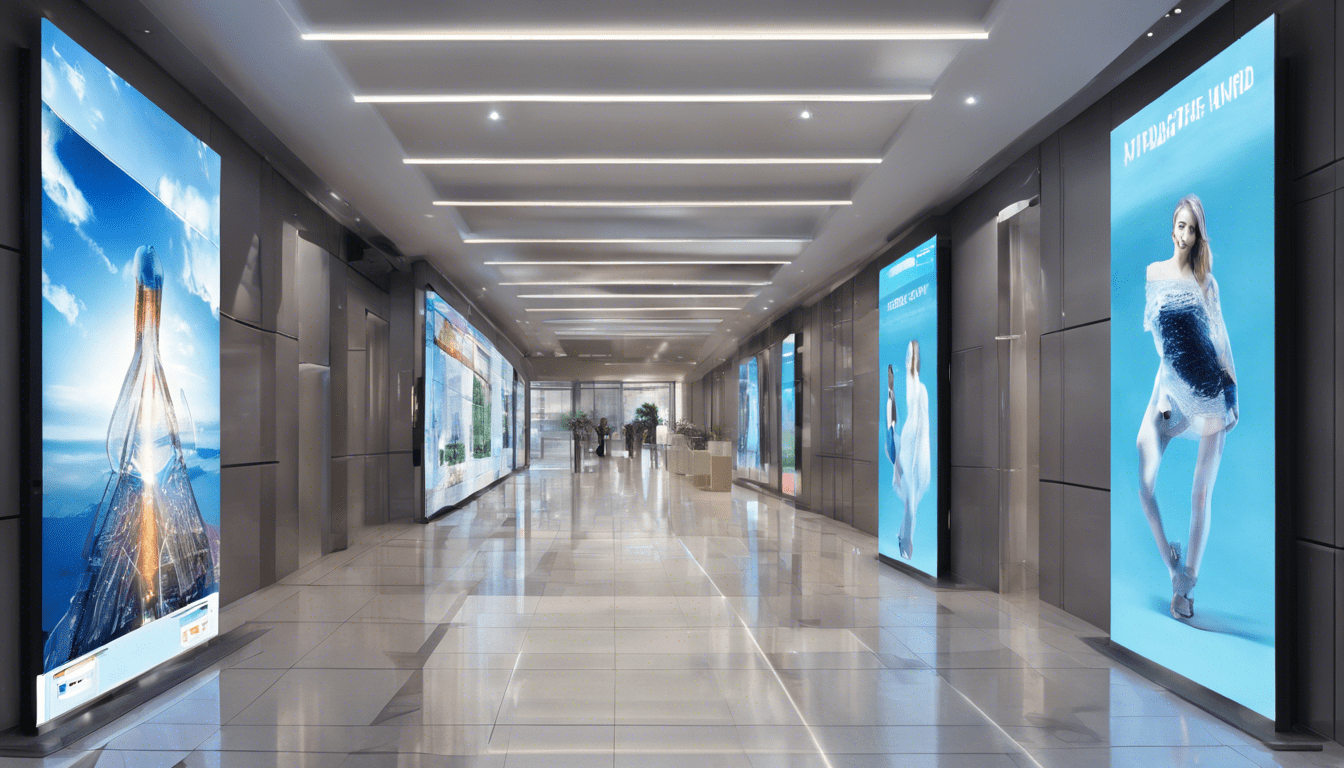Unlocking the Future: LED Digital Display Manufacture
In today’s rapidly evolving technological landscape, the manufacturing of LED digital displays stands as a cornerstone of modern advertising, entertainment, and information dissemination. These bright and vibrant screens are not just a marvel of modern engineering but also an integral part of daily life, seen in everything from city billboards to home entertainment systems. This article delves deep into the world of LED digital display manufacture, unraveling the intricate processes, technologies, and innovations that drive this dynamic industry.
What is an LED Digital Display?
An LED digital display is a screen that uses light-emitting diodes (LEDs) to produce images, text, and videos. These displays are distinguished by their exceptional brightness, clarity, and energy efficiency, making them the preferred choice for a wide range of applications, including:
- Outdoor Advertising
- Indoor Signage
- Television Screens
- Computer Monitors
- Scoreboards
- Vehicle Displays
The Basics of LED Technology
At the heart of every LED digital display is an array of light-emitting diodes, which function as the primary light source. Key components include:
- LED Chips: These are the primary elements that emit light when an electric current passes through them.
- Modules: These are pre-assembled units that include multiple LEDs, arranged in a grid pattern.
- Drivers: These regulate the power supplied to the LEDs, ensuring consistent brightness and performance.
- Controllers: They manage the data and signals sent to the LEDs, enabling the display of images and text.
Types of LED Displays
LED digital displays come in various forms, each designed for specific applications:
- Indoor LEDs: Used in retail stores, entertainment venues, and corporate environments, these displays are designed for close viewing distances and controlled lighting conditions.
- Outdoor LEDs: Built to withstand harsh weather conditions, outdoor LED displays are commonly seen in advertising billboards and sports arenas.
- Flexible LEDs: These displays can be bent and shaped, allowing for creative installations in architecture and design.
- Transparent LEDs: Providing a see-through effect, these are ideal for retail windows and innovative architectural designs.
Manufacturing Process of LED Digital Displays
1. Design and Prototyping
The manufacturing journey begins with design and prototyping. Engineers and designers collaborate to create a blueprint based on the client’s needs.
- Conceptual Design: Initial sketches and models are created to visualize functionality and aesthetics.
- Prototyping: A working prototype is developed to test and refine design concepts.
- Client Feedback: The prototype is reviewed by clients to ensure it meets their specifications and requirements.
2. Component Sourcing
Ensuring high-quality components is crucial for the longevity and performance of LED digital displays. This involves:
- Supplier Partnerships: Building relationships with reputable suppliers for LED chips, modules, drivers, and controllers.
- Quality Control: Rigorous testing of components to meet industry standards.
- Inventory Management: Efficient management to keep the production process smooth.
3. Assembly
This is one of the most intricate stages in LED digital display manufacture:
- PCB Assembly: Mounting LED chips onto printed circuit boards (PCBs).
- Module Assembly: Integrating multiple LED assemblies into a single module.
- Cabinet Assembly: Modules are housed within cabinets that offer structural support and protection.
- Calibration: Fine-tuning color and brightness settings for uniform output.
[Elementor-template id=”1631″]
4. Testing and Quality Assurance
To ensure reliability and performance, extensive testing is conducted, including:
- Functional Testing: Verifying that all components operate correctly.
- Burn-In Testing: Running the display continuously for extended periods to identify potential failures.
- Environmental Testing: Simulating real-world conditions such as humidity, temperature fluctuations, and vibration.
- Final Inspection: A comprehensive review before shipment.
Innovations in LED Digital Display Manufacture
The LED digital display industry is at the forefront of innovation, with new technologies and methodologies constantly emerging:
- MicroLED Technology: Significantly smaller than traditional LEDs, microLEDs offer unparalleled resolution and brightness.
- Dynamic Pixel Mapping: Enhances image quality by dynamically adjusting the display’s pixel layout.
- AI Integration: Artificial intelligence is being used to optimize display performance and predictive maintenance.
- Eco-Friendly LEDs: Advances in energy efficiency and recyclability make modern LED displays more environmentally friendly.
Case Studies: Successful LED Digital Display Projects
1. Times Square Billboards
One of the most iconic LED digital display installations, the billboards in New York’s Times Square, demonstrate the power and impact of this technology. With millions of LEDs illuminating the square, these displays captivate millions of tourists and locals alike.
2. Stadium Displays
Modern sports stadiums employ massive LED screens to improve the fan experience with instant replays, live scores, and interactive content. These displays are designed for high visibility even in bright sunlight.
3. Transparent LED in Retail
Innovative retailers have started integrating transparent LED screens into their storefronts, creating futuristic and immersive shopping experiences while attracting customers with dynamic content.
Challenges in LED Digital Display Manufacture
Despite the remarkable progress, the industry faces several challenges:
- Cost Management: Balancing quality with affordability can be complex.
- Heat Dissipation: Managing heat output is crucial to maintaining performance and longevity.
- Durability: Ensuring displays can withstand environmental factors like moisture and UV light.
- Color Accuracy: Achieving consistent color reproduction across entire displays.
The Future of LED Digital Displays
The future of LED digital display manufacture is brimmed with endless possibilities. Enhanced AI capabilities, superior materials, and ultra-high-resolution displays are just the tip of the iceberg. The fusion of holographic displays with LED technology might redefine how we perceive digital content, further pushing the boundaries of creativity and technology.
Conclusion
The production of LED digital displays is a highly complex yet fascinating process. From sourcing components to the final quality check, each step ensures that businesses and consumers get the most advanced and reliable products on the market. With continuous innovations and improvements, the LED digital display industry is set to play an even more significant role in our interconnected world.

